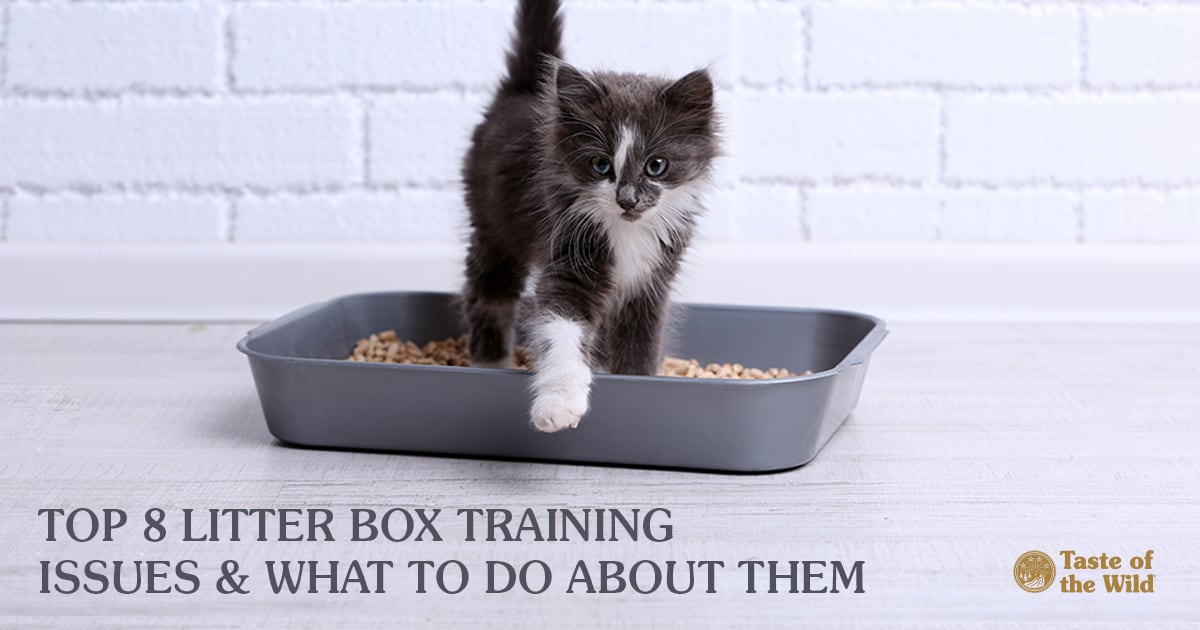
Many cats experience a litter box issue at some point in their lives. Finding the root cause is the key to helping your kitty love the litter box again. Here are a few of the most commonly found litter box training issues and what you can do to alleviate them.
Ew, I Can’t Go In There!

Is your precious furball eliminating everywhere except their litter box? It could mean their litter box needs a thorough cleaning.
Avoid any issues with cleanliness by removing clumps daily and changing the litter at least twice weekly for non-clumping and monthly for clumping. Whenever you change the litter, wash the litter box with soap and water (avoid bleach and ammonia).
Notice a lingering smell? Toss it out! If you can notice a smell, you can bet your cat’s sensitive nose definitely smells it.
This Is Mine
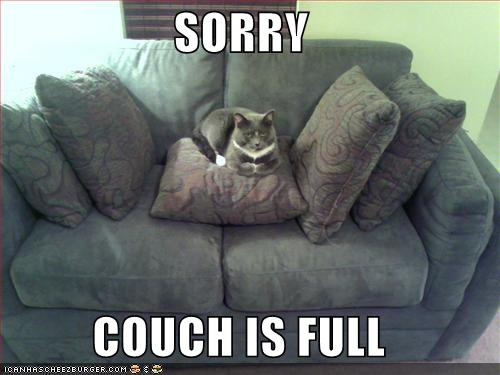
Territorial cats tend to mark their territory by “spraying” items around the house. Spraying is a common problem for cats that have not been spayed or neutered. Typically, spaying and neutering an intact cat will often resolve the issue.
And remember — it’s best to use the formula “cats + 1” to determine the number of litter boxes you need in the home if you have multiple kitties. (You’ll need three litter boxes for two cats, four litter boxes for three cats, and so on.)
Have feuding cats? This can also cause the problem to escalate. Separate any territorial cats and reintroduce them slowly.
It’s Not Just Right
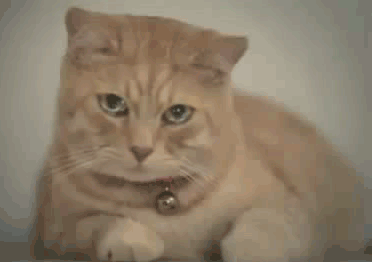
Your cat may be a feline Goldilocks — the litter box has to be juuuust right. If your cat is uncomfortable in the litter box, chances are good that they will avoid eliminating there. Take a look at the litter box and ask yourself these questions:
- Is the litter box hard for your cat to get into? (Do they need better accessibility?)
- Is the litter box the right size? (Too small is uncomfortable, too big is scary.)
- Does the litter box have a hood? (If yes, your cat might feel claustrophobic. If no, your cat might feel overexposed.)
- Does the litter have a scent or an odd texture? Is there too much or too little litter in the litter box? (Cats are sensitive to textures and smells. Try a new litter that is better suited for their senses.)
Location, Location, Location

Sometimes the root of your litter box problem can be as simple as its location. Have you recently moved your litter box? It could be that your cat is having a hard time remembering where it is… or they are unimpressed with the new location. Gently remind your cat where the litter box is and see if anything in the area is putting them off using the litter box.
Make sure your cat can easily locate and use the litter box. If a litter box is all the way in the basement, your cat may be having an issue reaching it. If that’s the case, your cat may need a litter box on each floor of your house.
That Box Is Scary!
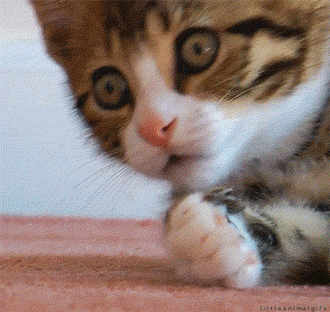
Like humans, cats can associate things or places with a memory. If that association is something negative, it could lead to litter box avoidance. If there is a negative sentiment, help create a safe, quiet space for your kitty to eliminate in an effort to make it a positive experience.
Has someone in your house reacted to your cat eliminating outside of his or her litter box by placing his or her in it as punishment? Many pet owners think this helps teach their cat a lesson, but in reality, it causes cats to avoid the litter box.
Is There an Underlying Medical Issue?
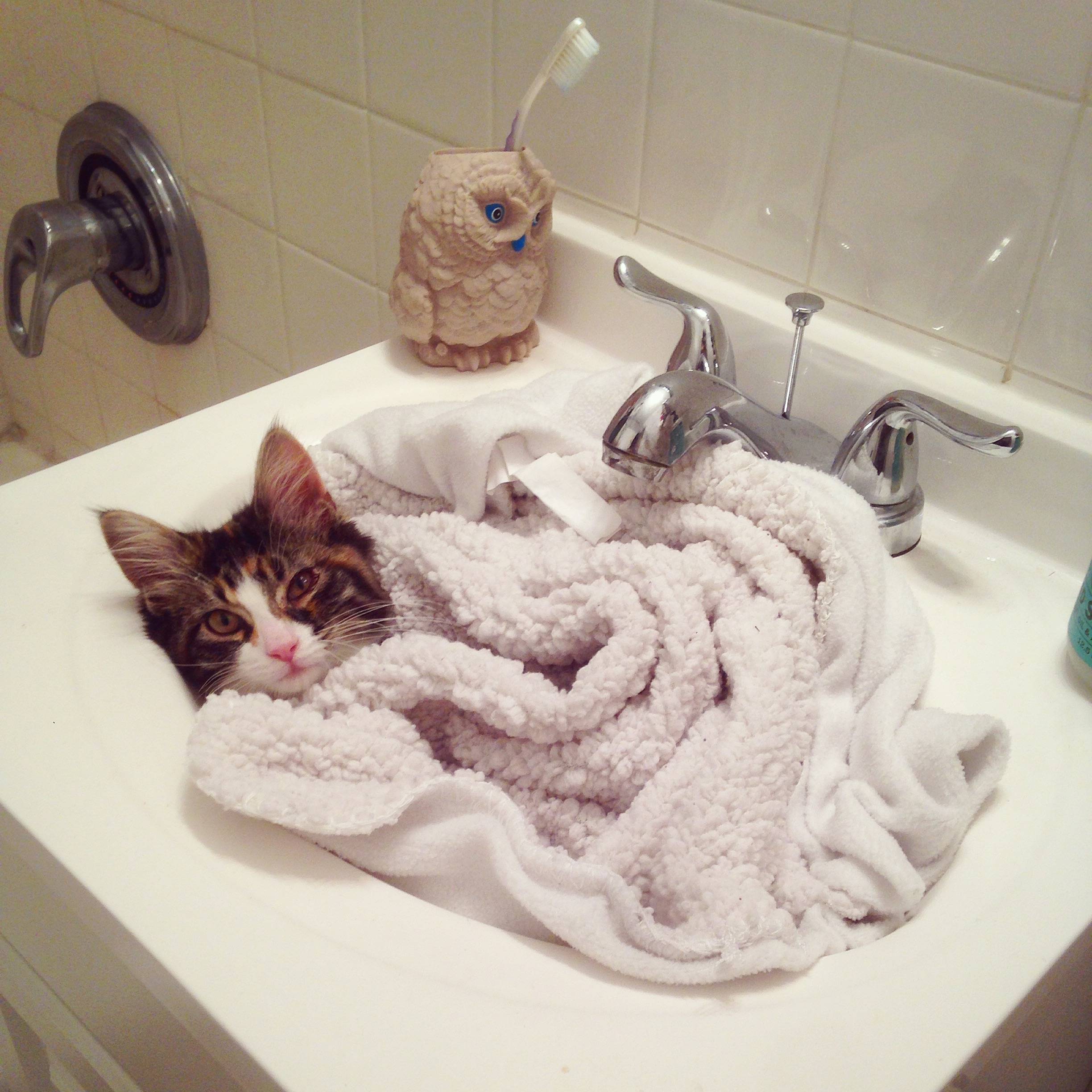
In some cases, inappropriate elimination is a health issue. Common illnesses that cause elimination issues include urinary tract infection (UTI), bladder stones or blockages and feline interstitial cystitis.
If you believe your cat is suffering from a medical issue, consult your veterinarian immediately. Your veterinarian will walk through the steps to identify these health issues.
I’m Not Trying to Make a Mess
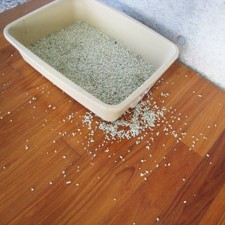
While kicking litter out of a litter box may seem like an irrational practice to pet owners, it is a logical step for a cat. Cats make an indentation in the litter when preparing to eliminate. Afterwards, the cat covers it up with litter, and if the walls aren’t tall enough, you will have litter everywhere.
To fix this, the easiest solutions are to either buy a new litter box with taller walls or fix up the current one you own.
If you prefer to keep your current litter box, consider placing it in a large plastic storage box. Be sure to cut an opening in one of the sides for your cat to easily access the litter box. This solution may be ideal for solving the stray litter issue when dealing with a cat who has joint or mobility problems.
Litter, Litter Everywhere
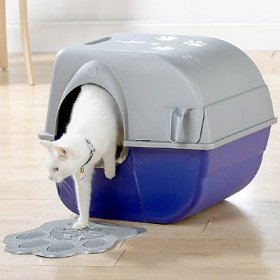
While living with a cat can be lovely, constantly cleaning litter off your floor is not. To decrease the amount of time you spend sweeping up spilled litter, try one of these methods.
Heavier or Bulkier Litter
Many lighter litters can get stuck in your cat’s paws, meaning they are tracking that litter well after their visit to the box. If that is the case, try a heavier or bulkier litter. Be aware — you’ll need to transition between litters for the comfort of your cat.
Use a Mat
Try placing a mat outside the litter box. A mat will help trap the majority of excess litter. Avoid any mats with textures your cat has shown an aversion to.
Trim Your Cat’s Hair
Long-haired cats, as the name implies, typically have long hair between their toes. This hair often catches litter, resulting in your cat tracking it around the house. Trim the hair between their toes to help stop spreading litter.
How to Solve Other Litter Box Problems
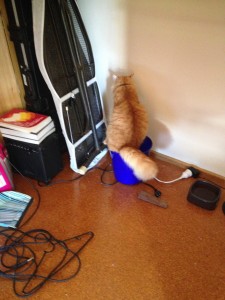
There are many problem-specific solutions to inappropriate elimination, but if you are unable to identify the root problem or if it seems your cat enjoys eliminating in a specific place at your house, try these potential solutions:
- If possible, try closing a door or putting up a barrier to close off that area.
- Place food bowls and treats in those favorite areas to discourage them from eliminating in that space. Cats typically will not eliminate near their food, so this tends to be successful.
- Put a bell on your cat and catch them in the act. If you catch your cat, try to startle them to create a new association with that spot. Do not scare your cat — this will only worsen the problem.
- Change the texture of the area. Place newspaper, plastic or sandpaper on those favorite areas.
It can be difficult to break inappropriate elimination habits. But early detection and dedicating your time to solving any underlying issues are key to controlling these problems. With time and patience, your cat will be happily using their litter box!
The information in this blog has been developed with our veterinarian and is designed to help educate pet parents. If you have questions or concerns about your pet's health or nutrition, please talk with your veterinarian.
